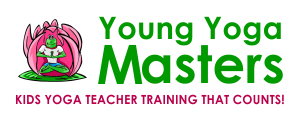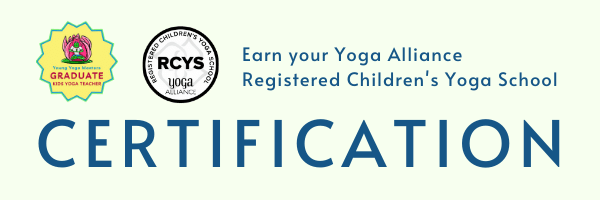Here are 7 things worth sharing about kids yoga:
1. You Don’t Need a Certificate to Teach
Yes, there are organizations like Yoga Alliance, but these are voluntary registries who started to establish yoga industry standards. Some people follow them and some people do not. But is is not mandatory to have this type of certification or any certification at all (with the exception of getting insurance if you are starting a kids yoga business).
The main thing worth sharing here is that knowing how to teach an engaging kids yoga class is more important than certificates.
2. A Mindful Classroom Starts With A Mindful Teacher
One of the pioneers of Mindfulness, Buddhist monk Thich Nhat Hanh said,
“Mindfulness is a kind of energy that we generate when we bring our mind back to our body and get in touch with what is going on in the present moment, within us and around us. We become aware of our breathing and come home to our body, fully present for ourselves and whatever we are doing.”
When a teacher brings their own mindful energy to the classroom, things change. A huge part of kids yoga involves a teacher keeping up with their own mindful practices.
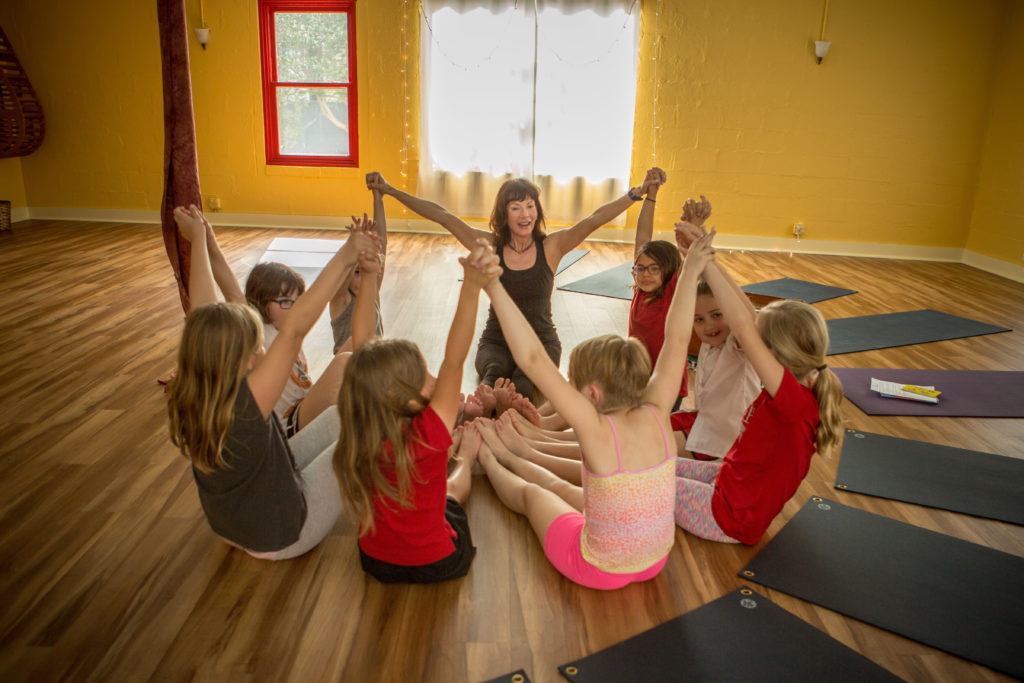
3. Create The Environment You Want Children To Have
The world can be big and scary. It can also be beautiful and profound. All kinds of things are going on at the same time. We only have control over so much of it in each moment. Being a mindful teacher helps you stay in the moment so you can create the classroom environment you want children to be exposed to when they attend class. That’s the power we always have!
4. No Kid Wants To Sit On The Sidelines
Once in the summer intensive practicum in the children’s yoga training, the trainees were divided into small groups to teach actual children at a daycare.
In one group, there was a non-verbal autistic child who had a support staff provided by the facility. The assistant and child sat at the back of the yoga class. The assistant told us, “they just like to watch.”
Fortunately, one trainee in our group had a lot of education and experience working with children with autism. After we finished the practicum classes, we debriefed what happened and our trainee let it rip!
“No child wants to sit at the back and watch life go by! If someone tells you that, don’t believe them! It’s our job to figure out how to engage this child so she can participate in life, not watch it from the sidelines.”
We started working on a strategy for the next day.
And eventually, that trainee became the trainer in our Inclusive Yoga module when we moved the kids yoga training online!
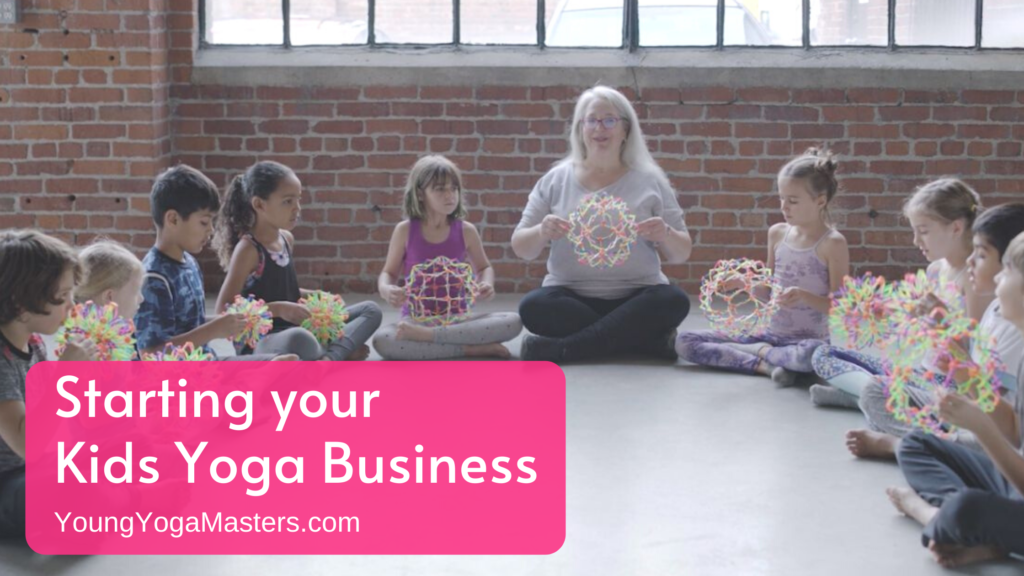
5. It Takes Time to Build Your Business
You’ve probably heard that many businesses fail after the first few years. So, if you want to make a business of teaching yoga to children, yoga better be your passion. You might be doing it for a while!
Occasionally, people build their business in the first few months, but it often takes years to find a schedule that is sustainable and that you enjoy.
I’ve been self-employed as a yoga teacher since 1998. My goal now is to help new teachers share the gifts of yoga. But so much of my business comes back to my passion for yoga, for keeping my own practice going as it changes over the years.
I still take yoga classes and learn new things too. My newest hobby is songwriting where I explore yoga in this new way.
Learning helps keep things fresh and supports your passion to keep your business going!
6. Kids Yoga Makes A Difference
I got this letter out of the blue from a former student. You can read about it here. Bottom line, she is now 30 years old but still returns to what she learned in kids yoga.
7. Training also Makes a Difference
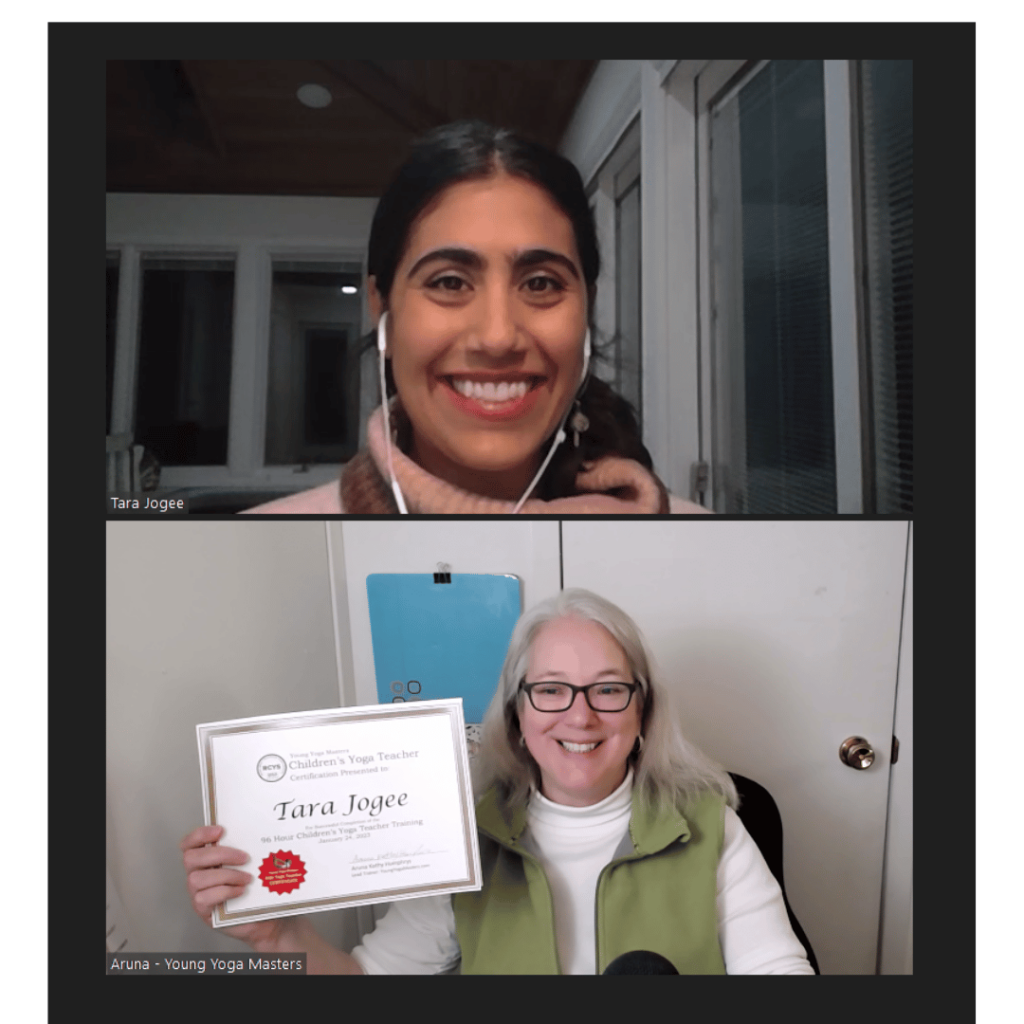
You don’t need a certificate to teach yoga to children but that doesn’t mean you stop learning. Training gives you tools to enhance the way you teach yoga to children. It gives you fresh ideas, confidence, and it refills your tank to help prevent burnout.
Training helps in so many ways which is why most successful teachers are lifelong students.
Our next training cohort starts soon. Check out the details here.
